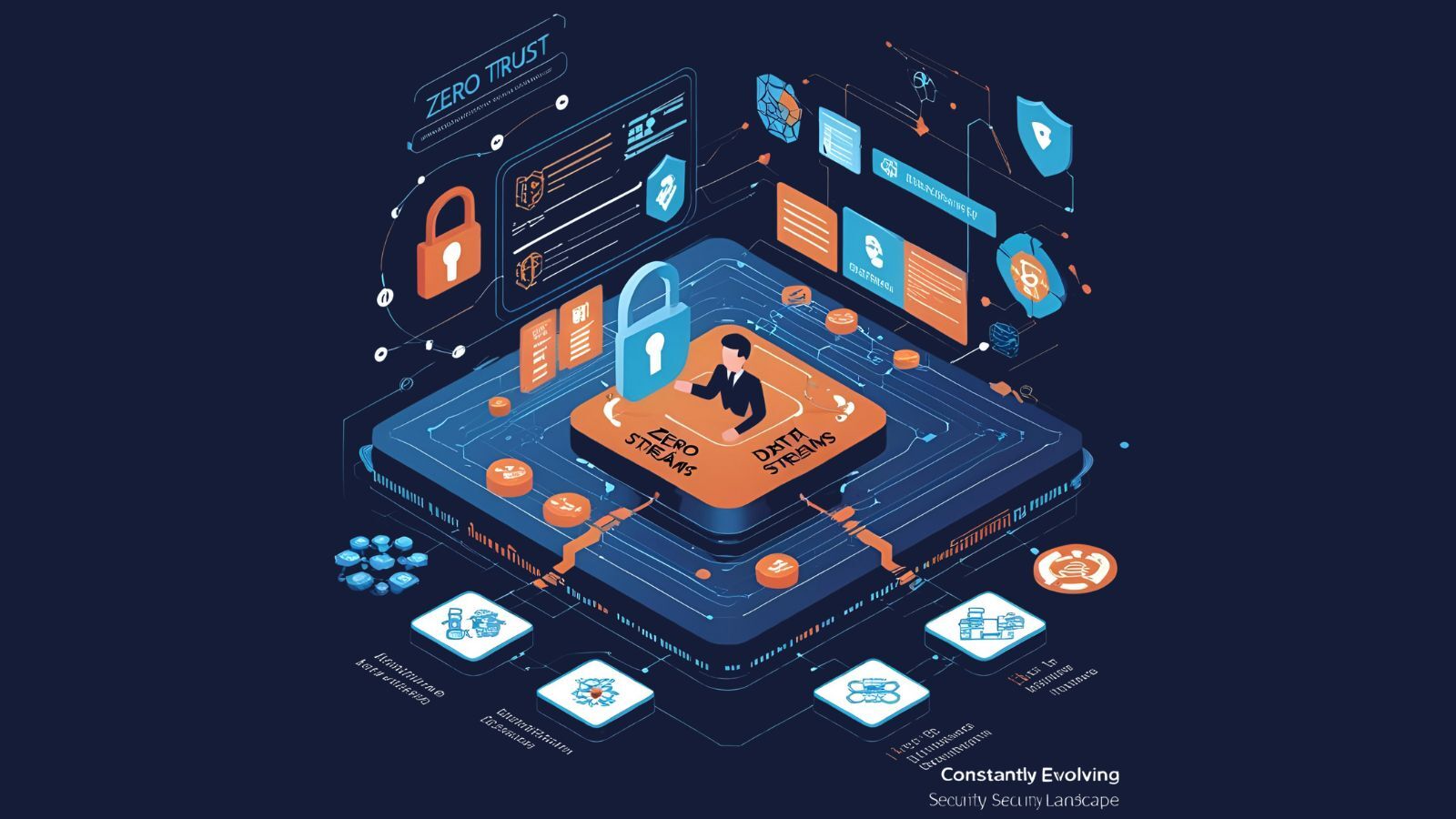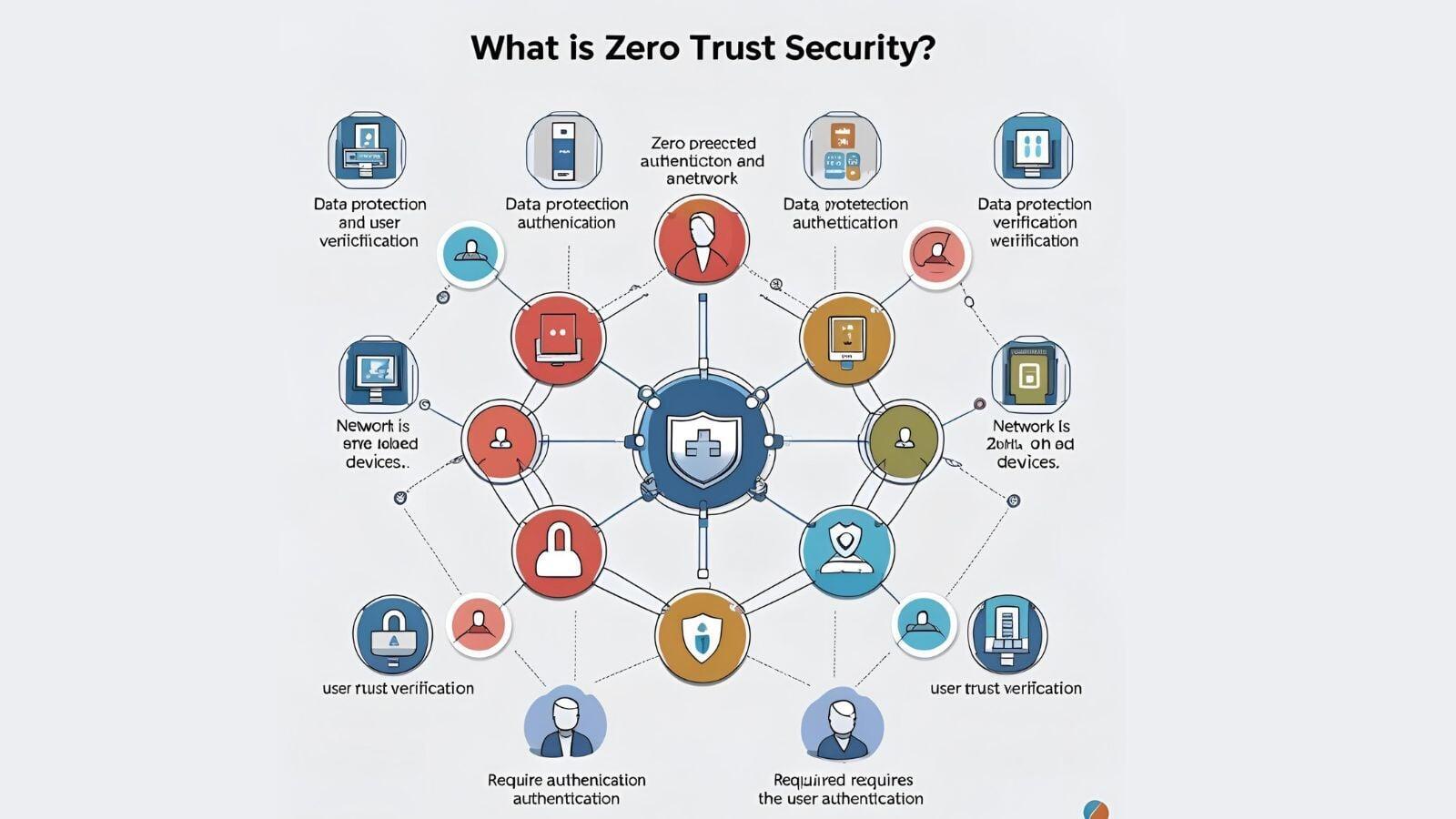
For years, businesses felt safe behind a digital wall — firewalls, VPNs, and secure gateways formed the “castle and moat” approach to cybersecurity. The thinking was simple: build strong walls to keep threats out, and everything inside stays safe.
But that strategy no longer works in today’s reality. Cloud apps have replaced local servers, employees log in from coffee shops and airports, and cyberattacks are smarter and faster than ever. The truth? The “moat” is full of leaks.
Enter the latest cybersecurity mantra: “Don’t trust anyone — or anything.” This is the heart of Zero Trust Security — a model built on the idea that no user or device should be trusted automatically, even if they’re already inside your network. Every access request is treated as suspicious until proven otherwise.
At Annexus Technologies, we’ve seen firsthand how shifting to a Zero Trust approach dramatically reduces risks for businesses of all sizes. And in an era of global tension, ongoing conflicts like the war in Ukraine, and persistent threats from state-sponsored hackers, that shift feels more necessary than ever.
As the National Institute of Standards and Technology (NIST) defines it: Zero Trust is an evolving set of cybersecurity paradigms that move defenses from static, network-based perimeters to focus on users, assets, and resources. It assumes there is no implicit trust granted to assets or user accounts based solely on their physical or network location.
In practice, this means authentication and authorization happen every time someone tries to access your data — no exceptions. And with remote work, mobile devices, and cloud adoption here to stay, that mindset isn’t just smart. It’s essential.
What is Zero Trust Security?
Zero Trust turns traditional cybersecurity thinking upside down. In the old model, once you were “inside” the network, you were trusted — like a guest who made it past the front gate. But that trust could be easily abused if someone slipped in with stolen credentials or compromised a device.
Zero Trust takes a different stance: assume nothing is safe until it’s proven safe. Every user, device, and application must be authenticated and authorized before getting access — whether they’re connecting from the office, home, or halfway across the world.
This constant verification isn’t about making life harder for employees or partners; it’s about making it harder for attackers. In a Zero Trust environment, a hacker who steals one password can’t move freely through your systems — each access request becomes another locked door they have to break through.

Why Companies Are Moving Away from Perimeter-Based Security
The “castle and moat” approach worked when everything — employees, servers, and applications — lived inside the same protected network. But today’s business environment has shattered that perimeter. Here’s why:
Remote & Hybrid Workforces – Staff log in from home, coffee shops, airports, and even public Wi-Fi spots. This makes the idea of a single, well-defined network perimeter obsolete.
Cloud Adoption – Your applications and data are no longer just behind your firewall; they’re spread across multiple cloud providers, often in different parts of the world.
Insider Threats – Not all security risks come from the outside. Compromised accounts, intentional or accidental, can cause serious damage from within.
Advanced Cyberattacks – Criminals increasingly use stolen credentials to move through networks undetected, bypassing traditional defenses entirely.
In fact, according to Verizon’s 2024 Data Breach Investigations Report, 74% of breaches involve the human element — errors, stolen credentials, or social engineering. That means the majority of successful attacks don’t smash through your firewall — they walk right in.
At Annexus Technologies, we help organizations adapt to this reality by implementing security strategies that protect users and data wherever they are, not just within a physical office. It’s about replacing a false sense of safety with a system that’s built for the way business really works today.
How Zero Trust Elevates Security — and How to Get Started
Zero Trust isn’t just a buzzword — it’s a practical framework for closing the gaps that traditional security leaves behind. Here’s how it strengthens your defenses:
Continuous Verification – Every access request is authenticated in real time, whether it’s coming from the office or halfway across the globe.
Least Privilege Access – Users only get the access they truly need to do their job — nothing more. This minimizes the damage a compromised account can cause.
Microsegmentation – The network is divided into smaller, secure zones, so even if an attacker breaches one area, they can’t move freely.
Data-Centric Security – Protection focuses on the data itself, ensuring it’s secure no matter where it travels or where it’s stored.
Transitioning to Zero Trust takes planning, but it’s achievable with a clear roadmap
Map your digital assets and data flows – Know exactly what you’re protecting and how it moves through your systems.
Identify and verify all users and devices – From laptops to smartphones, ensure every connection is accounted for.
Implement multi-factor authentication (MFA) – Strengthen login security with more than just a password.
Apply least privilege access policies – Limit permissions to only what’s necessary for each role.
Continuously monitor and log activity – Detect suspicious behavior before it becomes a breach.
At Annexus Technologies, we work with businesses to turn these steps into action — selecting the right tools, designing strong policies, and building a security-first culture. The goal isn’t just to protect your network; it’s to safeguard your business, your customers, and your reputation.

